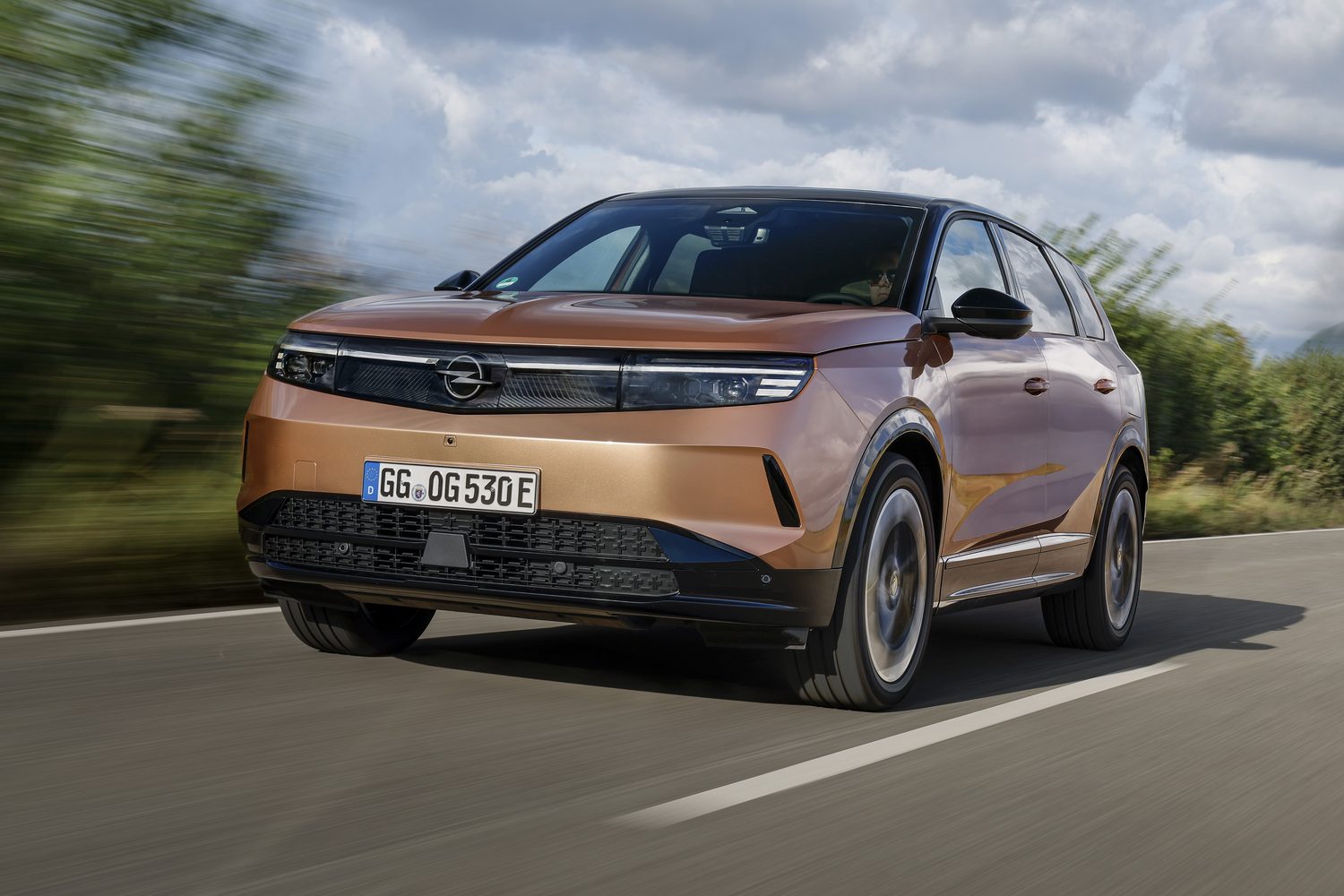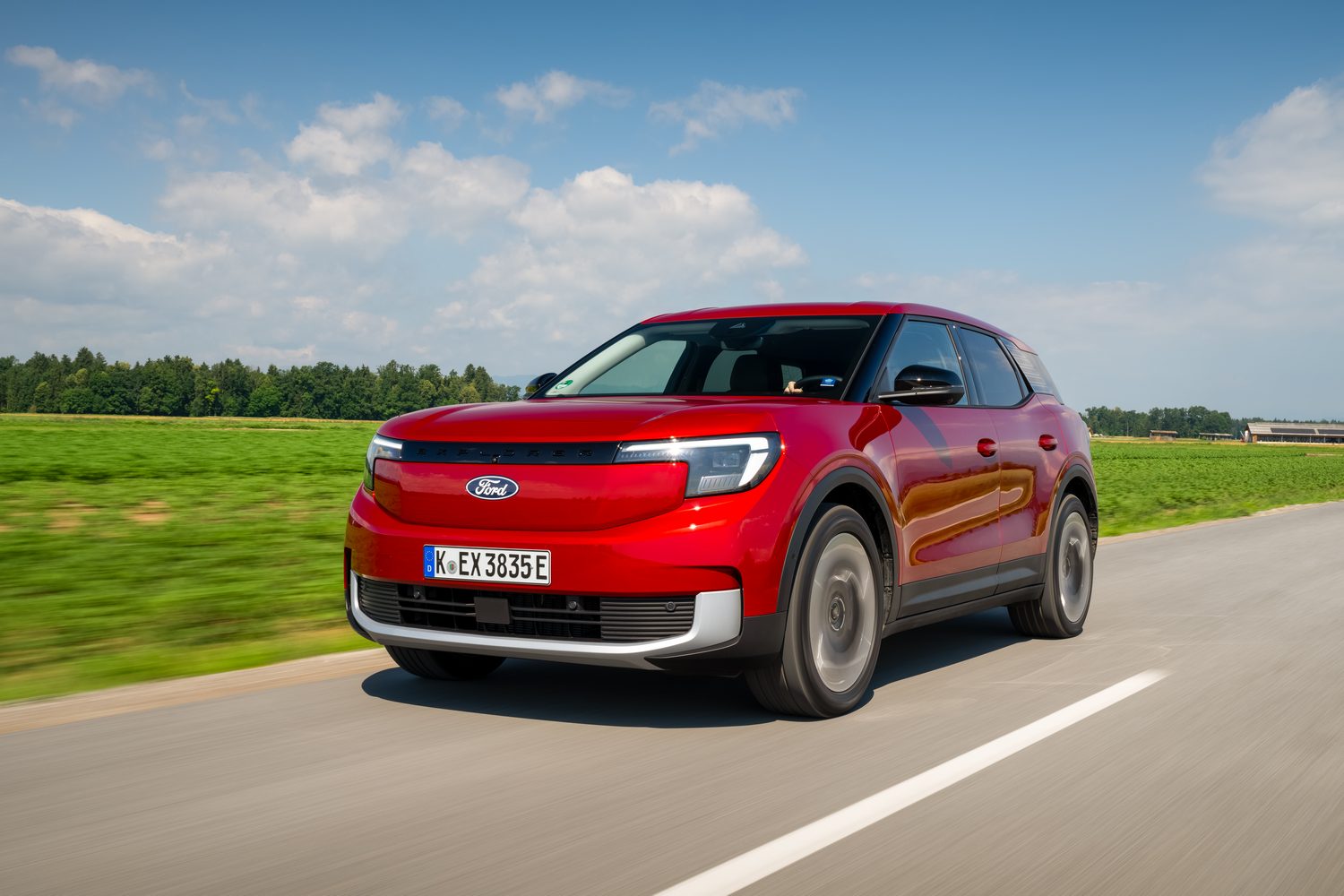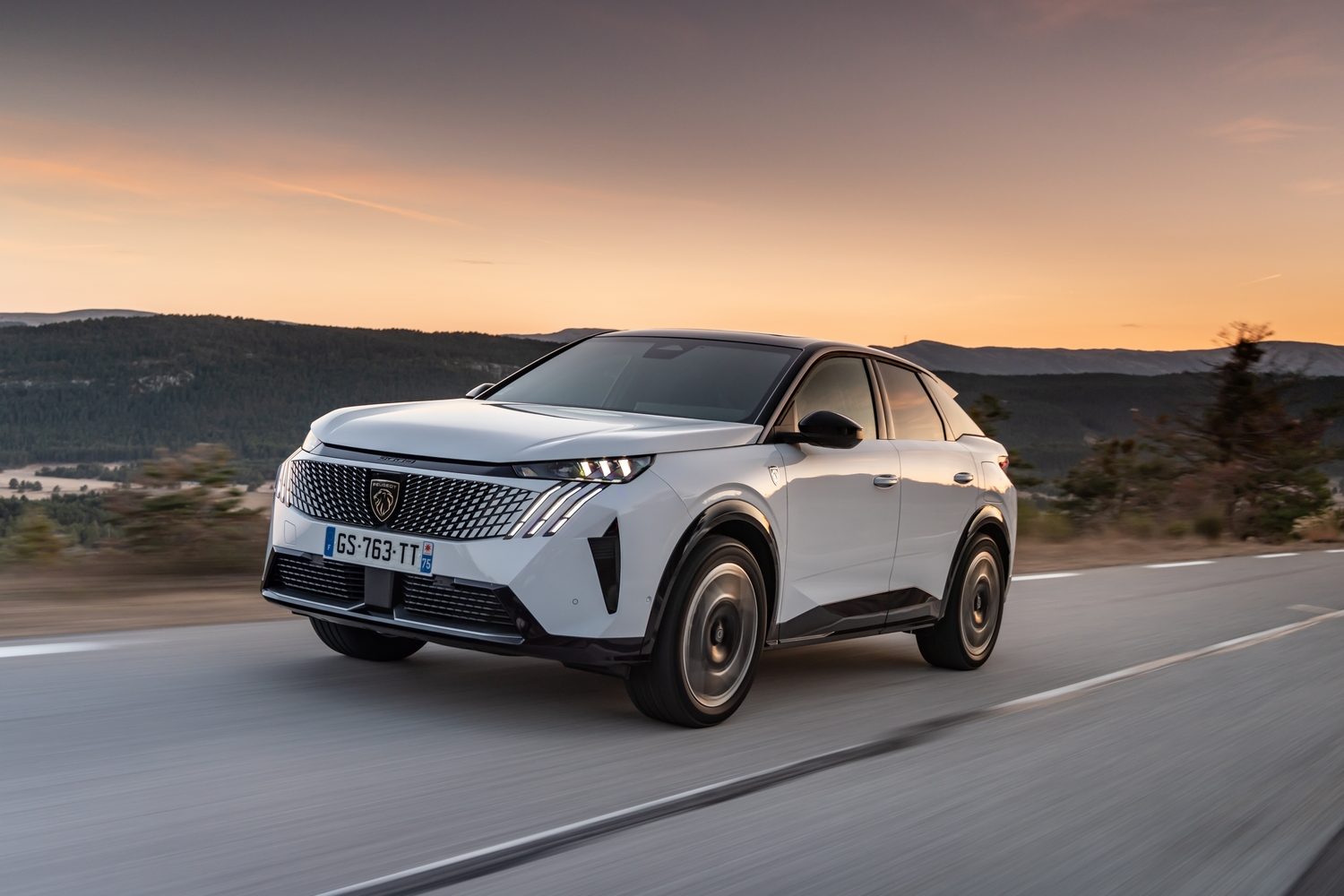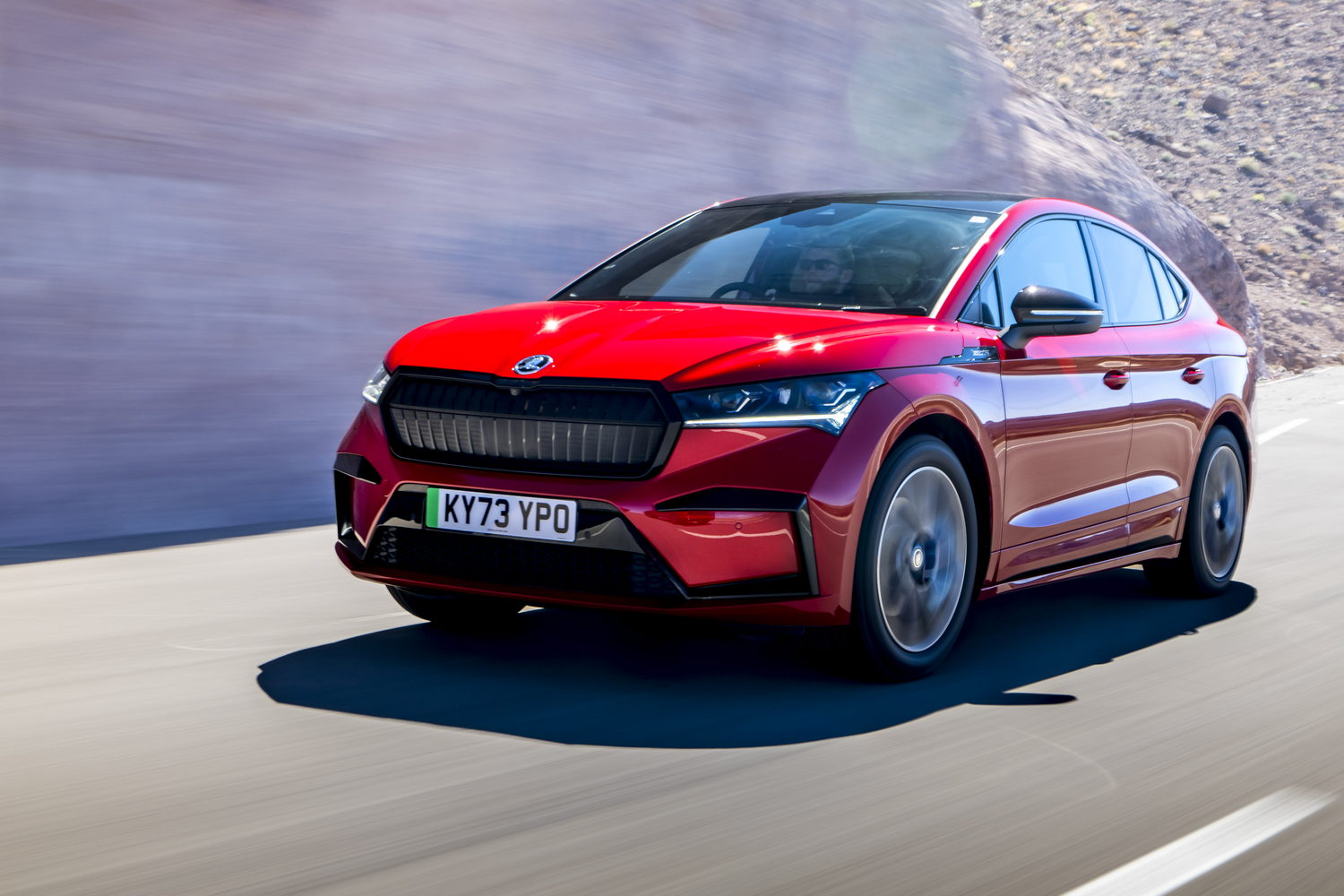Opel enters the ever-growing C-segment electric SUV marketplace with its new generation of Grandland. Borrowing heavily from the Peugeot E-3008, its cousin within the wider Stellantis conglomerate which owns both Opel and the French manufacturer (among more car-making companies), the Grandland Electric kicks off with a standard battery and a single motor, but other derivatives are on the way - including one with a huge 97kWh battery pack for a quoted 700km range.
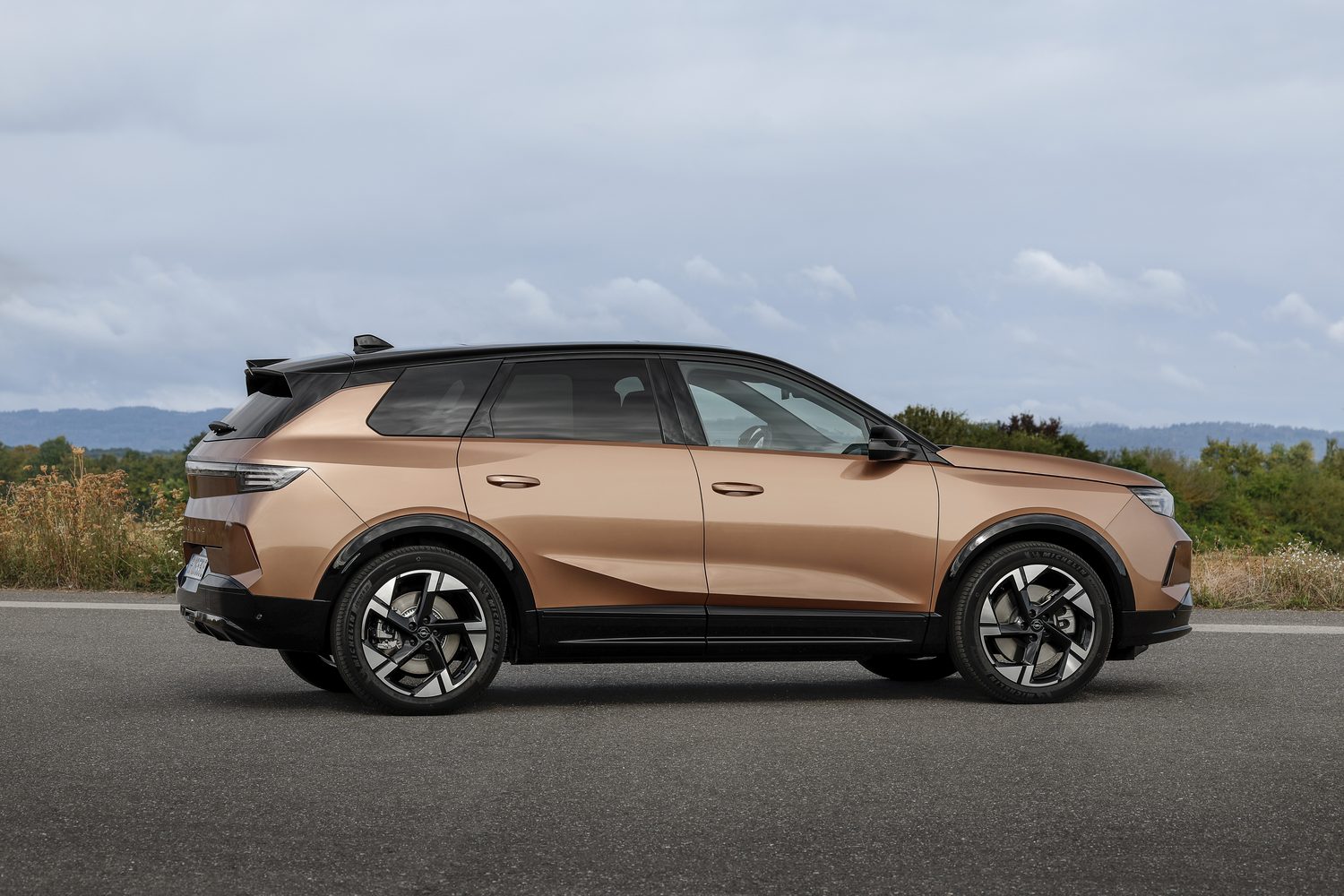
The Grandland isn’t just available with electric power, though, as a 1.2-litre 48-volt hybrid will also be offered in the Opel’s range. However, it’s the Electric we’re focusing on here, a car which must take on the varied likes of not just that related E-3008, but also the Ford Explorer, the Volvo EX30, the Volkswagen ID.4, the Skoda Enyaq and the incoming Cupra Tavascan, not to mention the Tesla Model Y. To see how it fares, we’ve driven the Grandland Electric in and around Opel’s home city of Rüsselsheim, in Germany.
How much is the 2024 Opel Grandland Electric in Ireland?
Opel surprised us with the keen pricing for the electric version of the Grandland. While the hybrid model starts at €40,995 for SC trim - rising to €42,995 for a mid-grade Elegance and then topping out at €44,995 for the flagship GS model - the electric variant starts at just €40,936 in Elegance format, or €43,763 for the GS, making it considerably more affordable.
Elegance versions get adaptive cruise control, 10-inch touchscreen, digital instrumentation, 19-inch alloy wheels, front and rear parking sensors, rear-view camera, power-folding door mirrors, heated front seats and steering wheel, and a powered tailgate.
The GS additionally gets a 16-inch touchscreen with navigation, upgraded LED lights, privacy glass, a two-tone look and a wireless charger.
What’s the styling like on the Opel Grandland Electric?
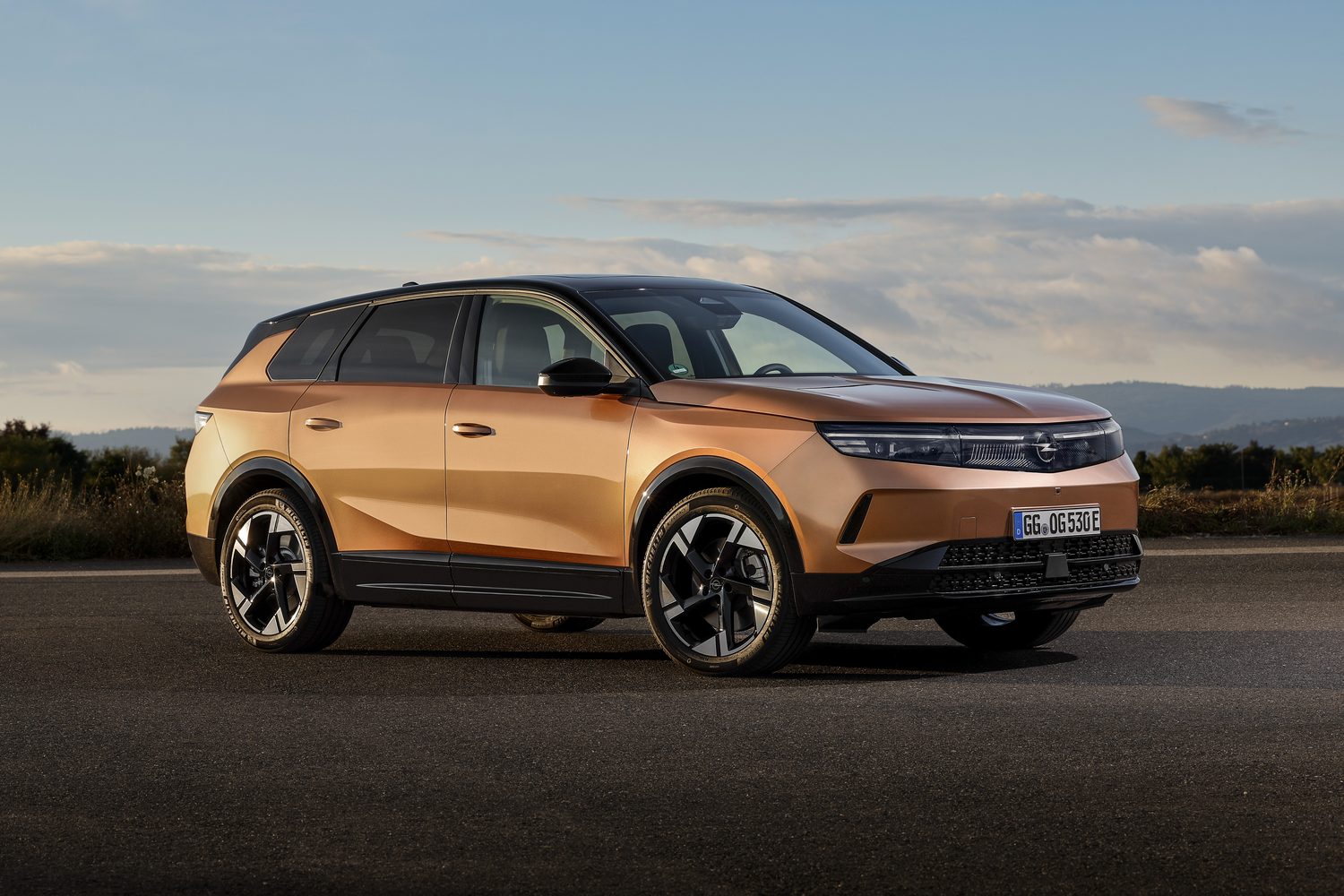
There’s no denying the new Opel Grandland is a good-looking car, but it’s also not massively adventurous. It looks a little like the model it supersedes, although with its crisp lines, contrasting roof and big alloys, there’s enough presence about it that it can even carry off unusual body colours such as rose gold if you’re feeling brave. The big talking point with the new Grandland, though, comes from the lights - depending on specs (yet to be confirmed in Ireland), the Opel is equipped with full-width light bars front and rear, complete with illuminated logos on the nose and boot lid, plus advanced ‘IntelliLux’ matrix headlights with a whopping 51,200 LEDs in total.
A look inside the Opel Grandland Electric
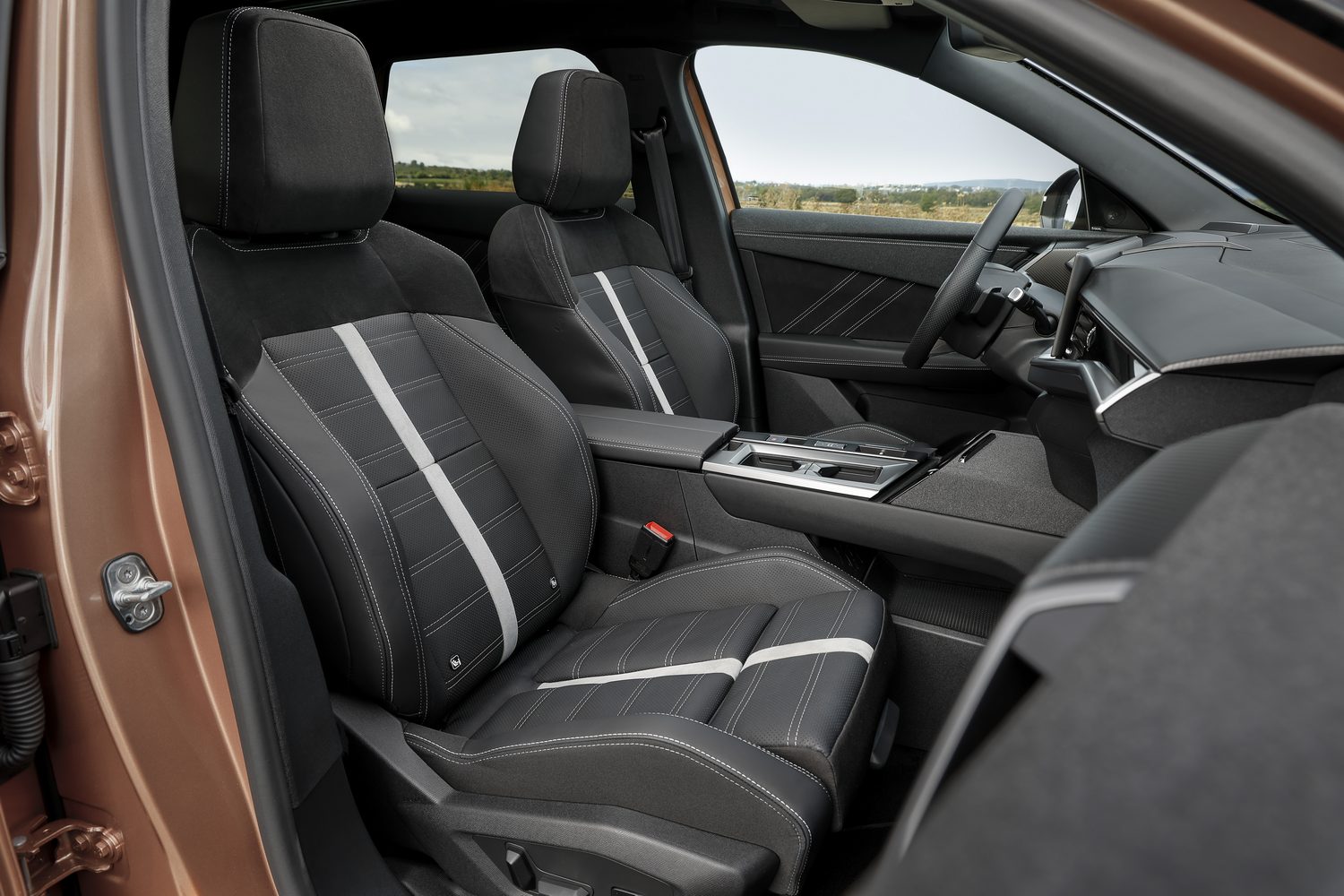
This is a cabin which is much improved from that found in the old car, complete with high-quality materials, a solid sense of construction and a nice, varied use of textures, surfaces and colours that means it’s not simply an unremitting morass of grey inside the Opel SUV. In truth, the interior isn’t perhaps as showy as that found in the Peugeot E-3008, nor is it perhaps as ergonomically sound as the Skoda Enyaq’s cabin, but with its AGR seats, neat styling and masses of room - there’s a decent 550-litre boot at the back and rear passengers get generous accommodation, even with taller people sitting up front - the Grandland’s interior can be considered a hit. There are also no issues with visibility out of the car, either, and a good driving position can be found once you’ve worked out how the seats are adjusted.
The Opel Grandland Electric’s on-board technology
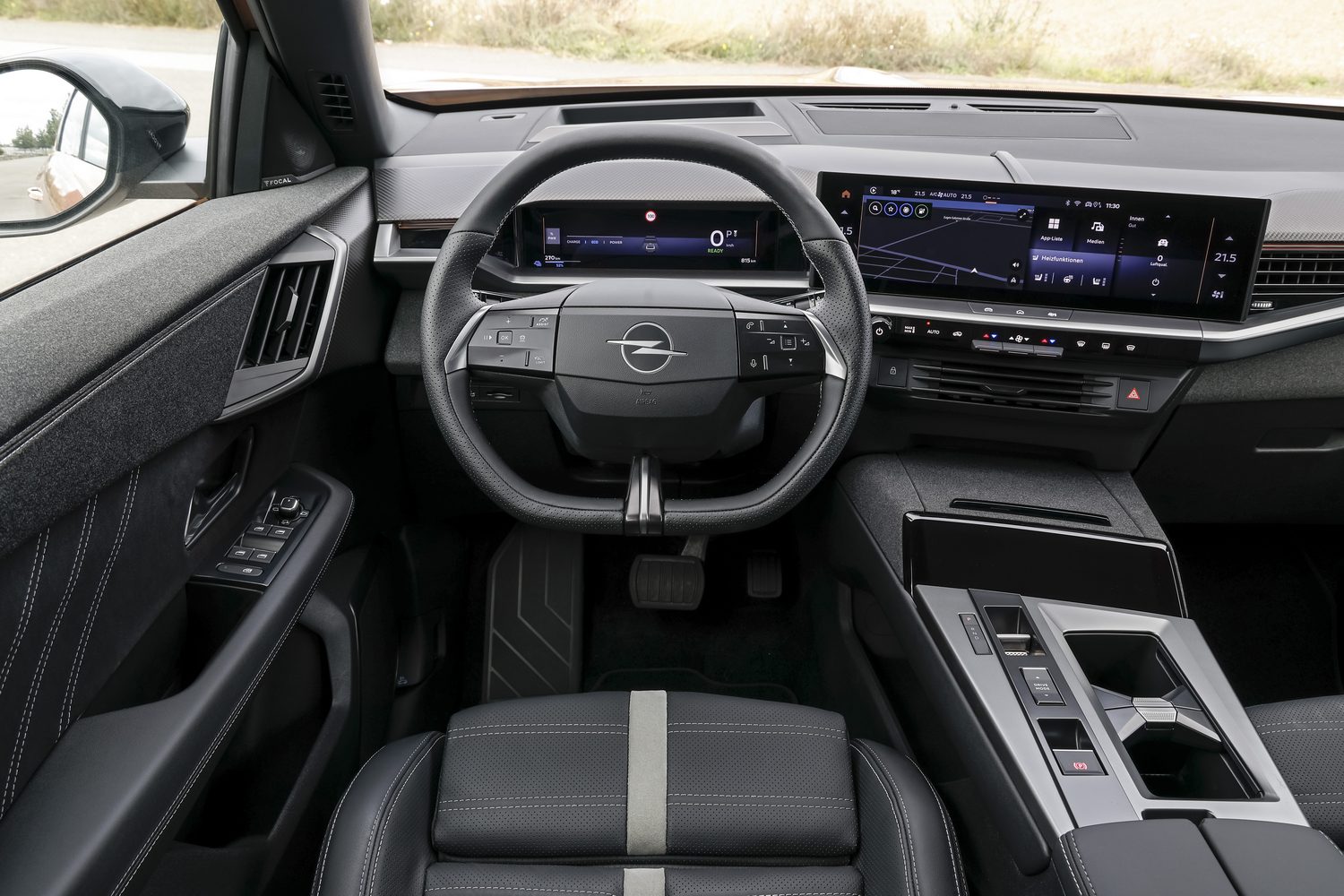
Standard Grandlands will make do with the pairing of a 10-inch digital driver’s instrument cluster and a 10-inch central touchscreen, but higher grades feature a 16-inch widescreen display in the middle of the dash and a head-up display for the driver too. Again, higher specifications will also benefit from the ‘Pixel Box’, the area containing a wireless smartphone charging pad that has a see-through, angled panel on the front of it so you can still see your device. There will also be heated seats, a heated steering wheel, seven-colour ambient lighting, a powered tailgate and a Focal ten-speaker high-end sound system, among more.
If we have a criticism, though, it’s with that 16-inch touchscreen. Sure, it’s wide, and that measurement looks big in and amongst this particular class of electric SUVs. It also responds pretty sharply to inputs, swipes and prods. But it’s so shallow in height that the proprietary nav in the car is useless if you zoom it in and have it showing either north-up or direction of heading; you can’t see any of the junctions coming up on your route until you’re almost on them. Put it into perspective mode and things are better, but this is an object lesson in how you demonstrate to people that navigation screens should be at least square, if not taller than they are wide. The Opel’s display is oriented all wrong.
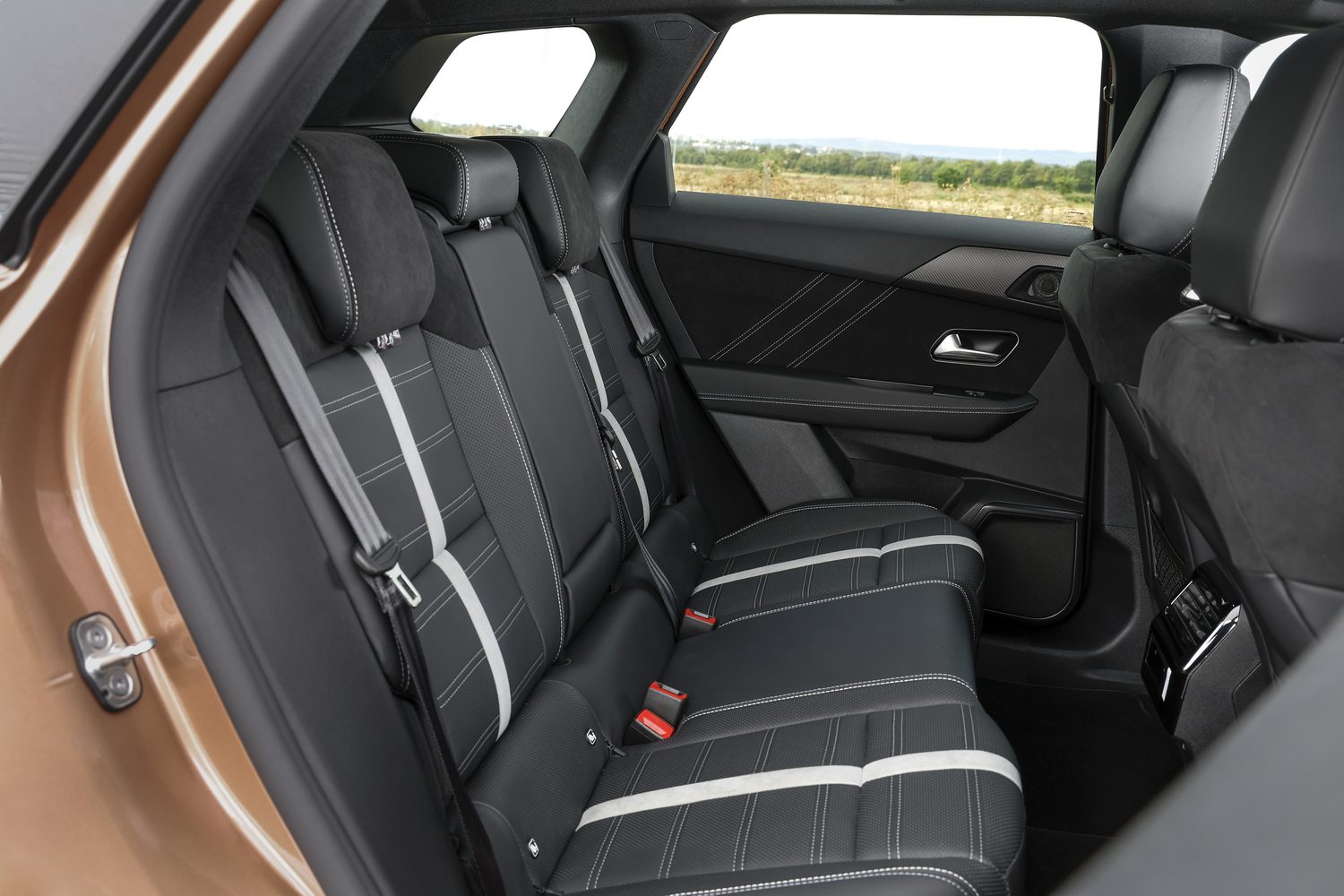
How many child seats can I fit in the Opel Grandland Electric?
There are two full ISOFIX fittings in the rear of the Opel Grandland in the outer two positions, while the rear doors open to a good angle to allow easier loading of child seats into the back of the car, so it should prove to be reasonably practical and helpful for parents.
How safe is the Opel Grandland Electric?
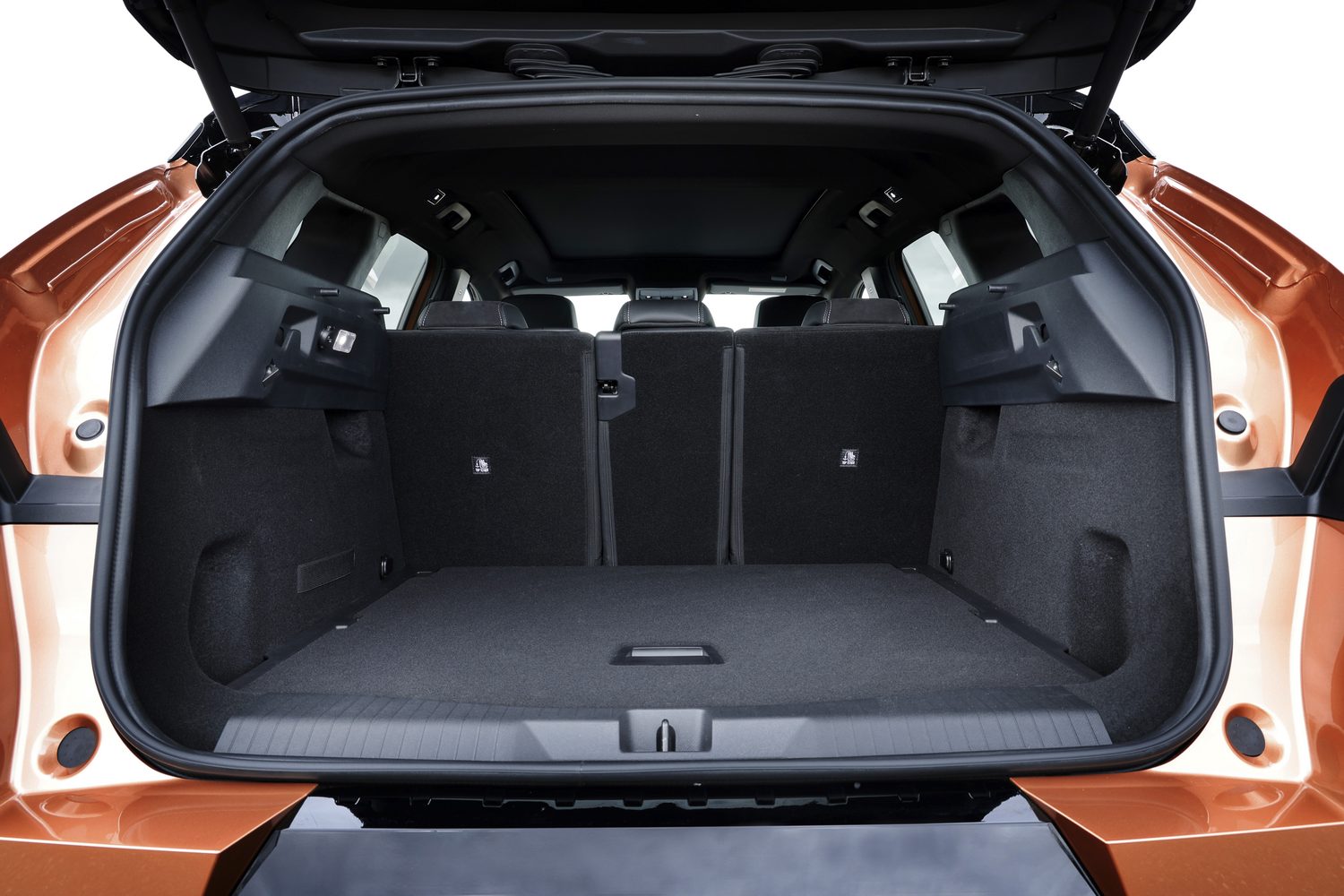
The latest Opel Grandland hasn’t yet been tested by Euro NCAP, but with its new ‘STLA Medium’ chassis plus a host of advanced driver assist safety systems, including adaptive cruise control with stop and go, lane keep assist, automatic emergency braking, traffic sign recognition, driver drowsiness alert, intelligent speed adaptation, front and rear parking sensors, either a rear-view or 360-degree camera system, and eight airbags all on the menu, it should be on target for a maximum five-star rating when it is put through its paces. There’s also an optional ‘Intelli-Drive 2.0’ bundle as an option which brings in lane change assist, rear cross-traffic alert, semi-autonomous lane change, and curve speed adaption too.
Driving the Opel Grandland Electric
While there are dual-motor and long-range versions of this model on the way, here we’re concentrating on what will be the ‘base’ spec of the Grandland Electric. It has a solitary front-mounted propulsion motor rated at 157kW (213hp) which also delivers up to 345Nm of torque through a single-speed reduction gear to the front wheels only. The battery pack is 73kWh of usable energy capacity, which results in an official range of up to 523km on this model. That’s competitive, but not exactly resetting any EV range parameters for the class, while performance is good enough for a nine-second 0-100km/h time.
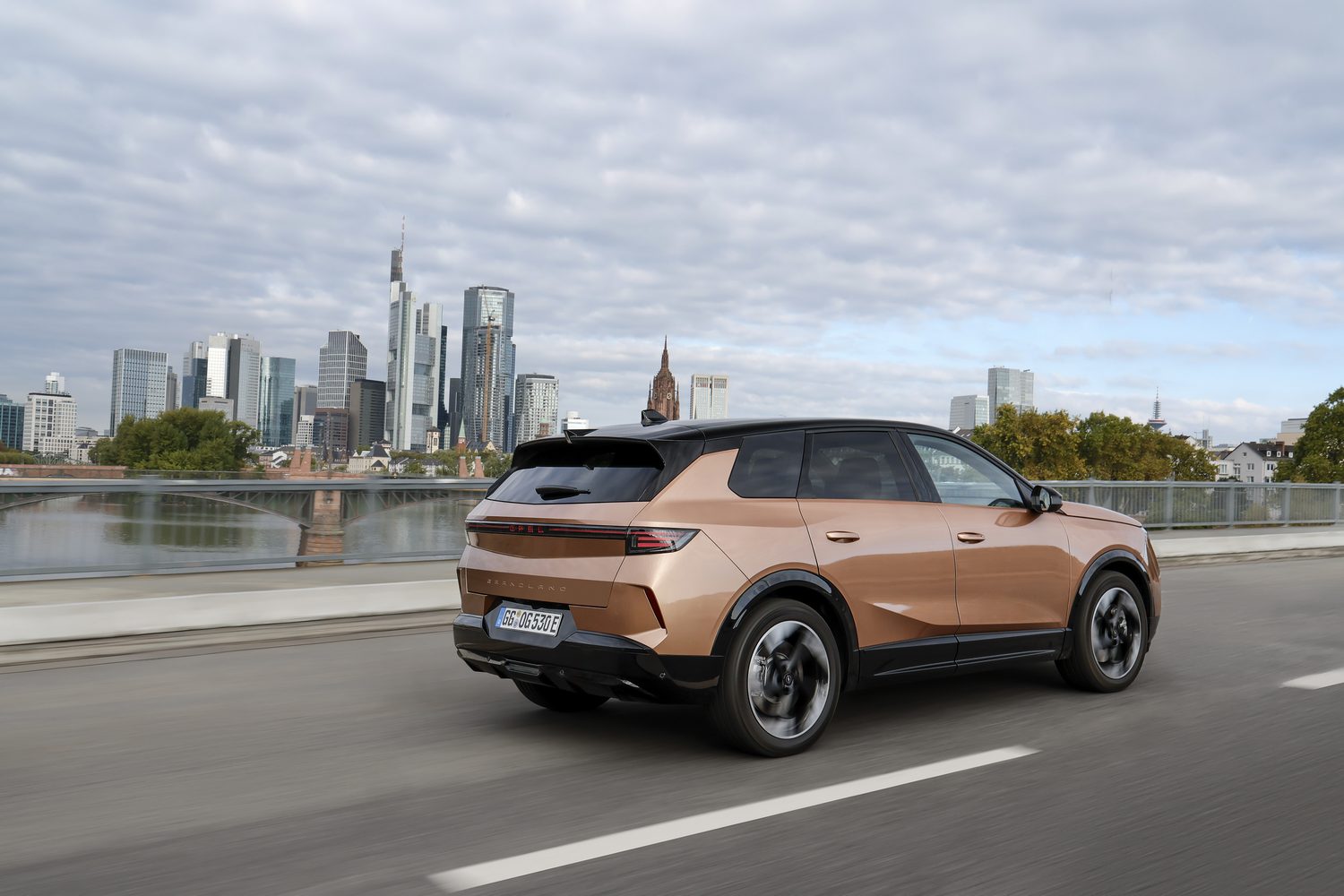
Underneath, the Grandland is fitted with frequency selective dampers (FSDs) and an adjustable three-stage regenerative braking system, while all models should at least run on 18-inch wheels. And all this means that, to drive, the Grandland is like a lot of everyday-oriented EVs these days: it’s capable, it’s amenable... and it’s all just a tiny bit forgettable, too.
Dynamically speaking, the Opel does nothing extraordinary. Its performance, for starters, doesn’t feel particularly strong, which is unusual for something with instant-access torque. Like the Peugeot E-3008 and other Stellantis electric cars, the Grandland will only deliver its full outputs if you have it in Sport mode; it only makes up to 180hp if it’s in the Normal setting, and it drops right down to 160hp in Eco.
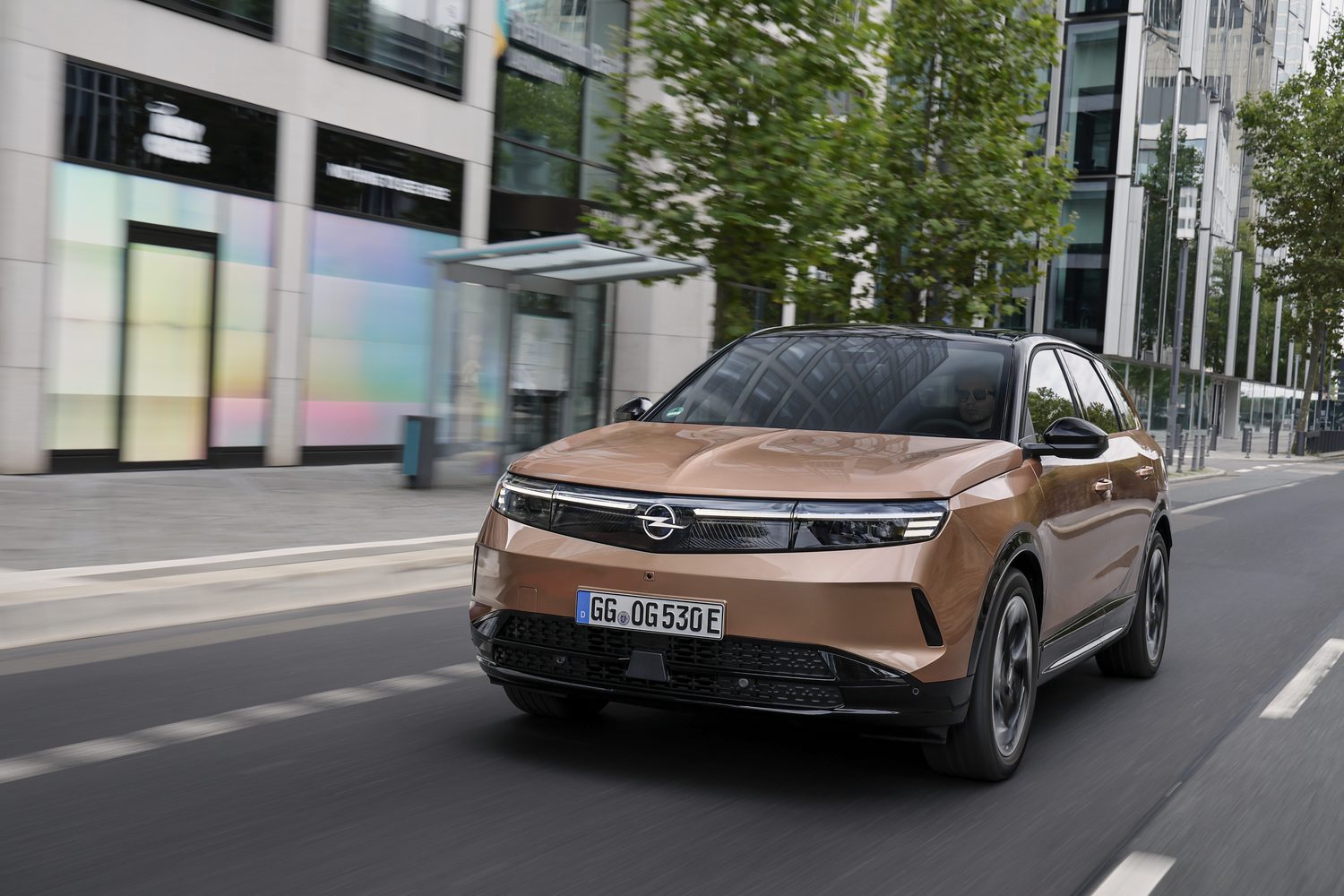
You won’t want to bother with either of those latter two modes if you’re in a hurry, as even full acceleration in Sport is nothing to write home about. There’s a trace of surge to the way the Grandland pushes forward when you deploy full power, but otherwise its rate of pick-up - either from low speeds or for higher roll-on duties - is underwhelming. The regenerative braking is OK, though, with reasonable calibration of the three settings and good pedal feel when you need the car to stop more sharply than the motor’s deceleration will allow.
However, that lacklustre speed sensation is linked to the Opel’s portly kerb weight that is the wrong side of 2.1 tonnes, and this bulk’s effect bleeds into the handling experience. The Electric has more advanced multilink suspension than the hybrid-powered version’s torsion beam set-up, which also means the zero-emission Grandland has a wheelbase that is 11mm longer than its petrol-electric counterpart’s. Yet this doesn’t equate to entertaining roadholding, even allowing for the constricting mitigations of this class of SUV. Push the Grandland Electric too hard and you get body lean, and it doesn’t massively like making quick direction changes either, with a sensation that it’s a bit top-heavy. The steering also offers minimal communication about what the front wheels of the car are up to.
Luckily, it’s quite comfortable to ride in, although even here there’s the caveat that if you opt for a car on the bigger 20-inch wheels, you’ll get an unsettled town-speed ride as it picks up and amplifies far too many imperfections in the road surface.
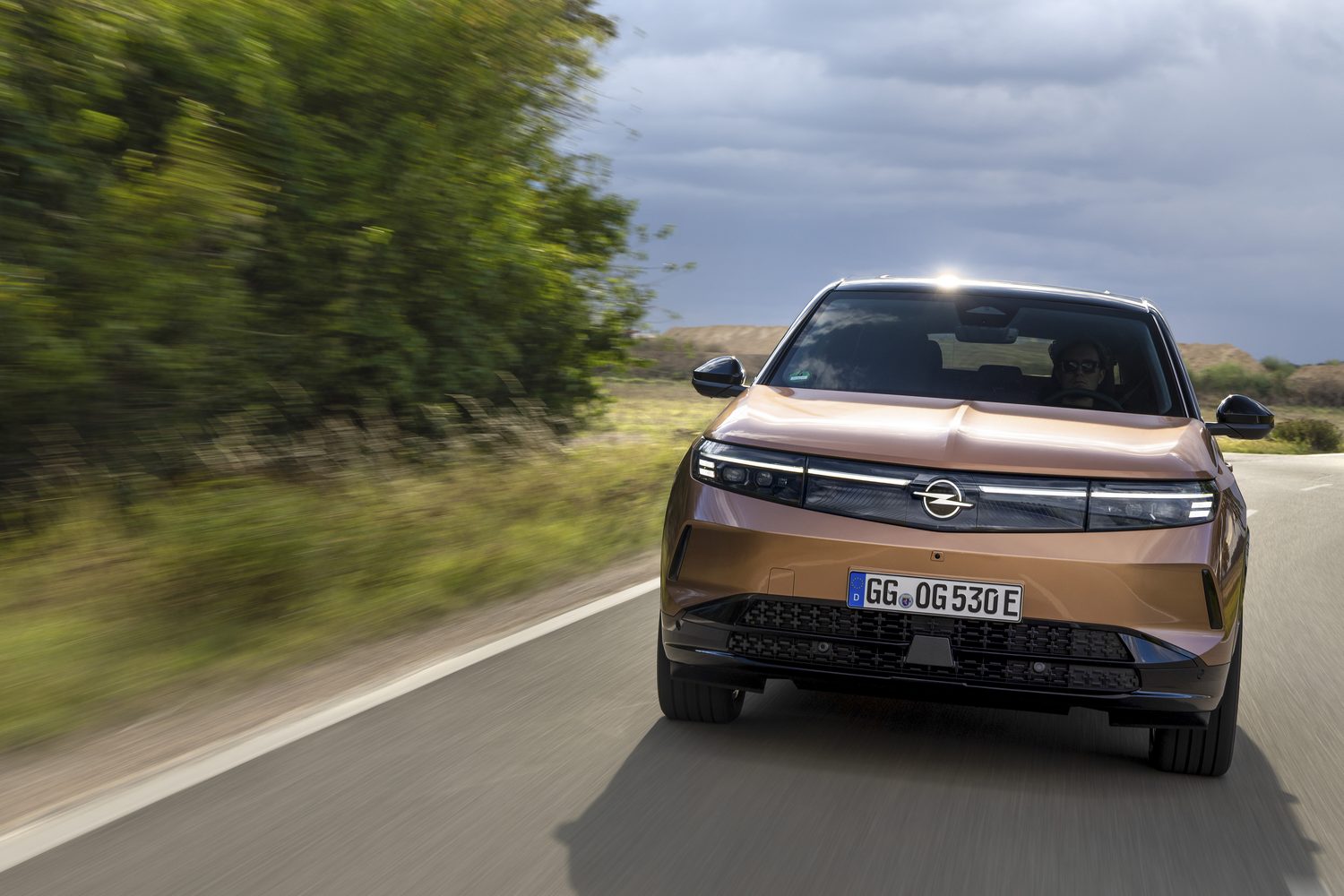
As speeds rise, the comfort levels improve, but at the expense of an elevated level of tyre noise. It’s never anything terrible, but it’s there. At least the Grandland’s slippery shell, with its 0.28 coefficient of drag figure, means it cuts through the airflow soundlessly, so there’s minimal buffeting about the glasshouse to report.
All in all, the Grandland is fine enough to drive, but it’s not without its flaws. And is ‘fine’ going to cut it these days, even for a clientele who might not be the most discerning of driving enthusiasts? We’re not sure.
What’s the electric range of the Opel Grandland Electric?
As stated, this single-motor Grandland will officially go 523km if you keep it on its smallest alloys, although go for the 20s and you have to accept a marginal drop to 512km. Of course, the headlines are reserved for that 97kWh model, which is on the way, which manages up to 700km depending on spec, but we suspect that Grandland will weigh in the region of 2.3 tonnes, maybe even more. And the same big-battery, mega-range figures are made by both the Peugeot E-3008 and its seven-seat sibling, the E-5008 - both of which have access to the exact same three powertrains as the Opel. There’s no doubting the 97kWh Grandland will be among the longest-range electric SUVs in this sector, then, but it’s not class-leading in its own right.
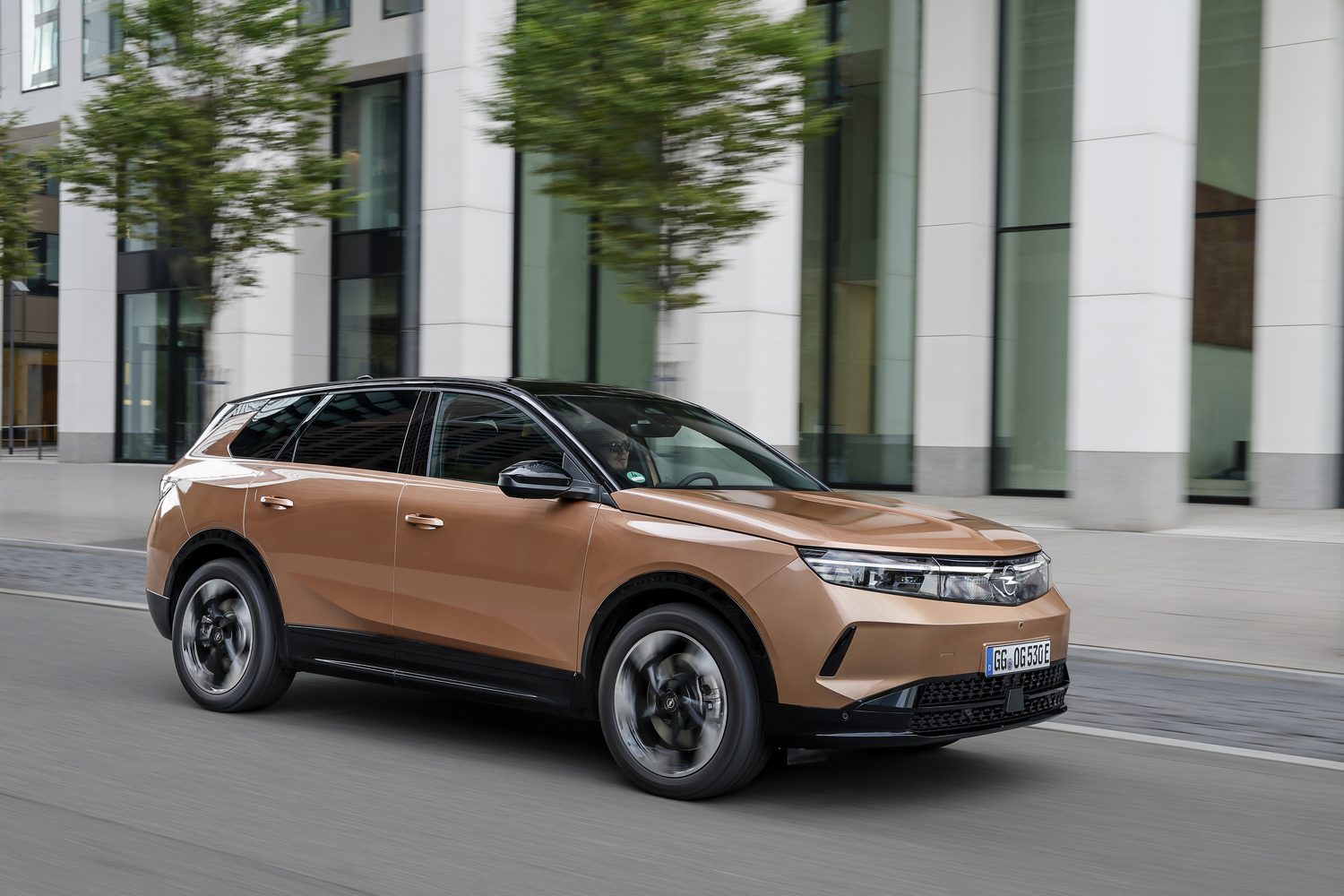
For charging speeds, the Grandland Electric’s maximum DC rate is 160kW and on this sort of hook-up, you can expect a 10-80 per cent charge in around 26 minutes. Its fastest AC pace is 11kW, meaning around six-and-a-half hours for 0-100 per cent if you have access to such an outlet, but on a more typical 7.4kWh domestic wallbox you’ll be looking at roughly ten hours for a total top-up of the battery.
The reasons you’d buy an Opel Grandland Electric
On the face of it, the Opel Grandland Electric is a car which should find plenty of happy owners. It has a capacious, well-made and nicely equipped interior, it looks sleek and stylish on the outside in an admirably understated fashion and it has a good amount of one-shot driving range in its most basic zero-emission specification.
However, it doesn’t feel like it convincingly beats any of its key rivals in any one area of its make-up, and with its brittle low-speed ride, ho-hum performance and handling, and interior ergonomic quirks, there are a few features of the Opel which could put a few folk off. It’s therefore easy to say this is an electric SUV which requires your careful consideration if you’re in the market for this sort of thing. If you're already decided on the Grandland itself, Opel Ireland makes the electric model the choice of the lineup thanks to auspiciously good pricing.
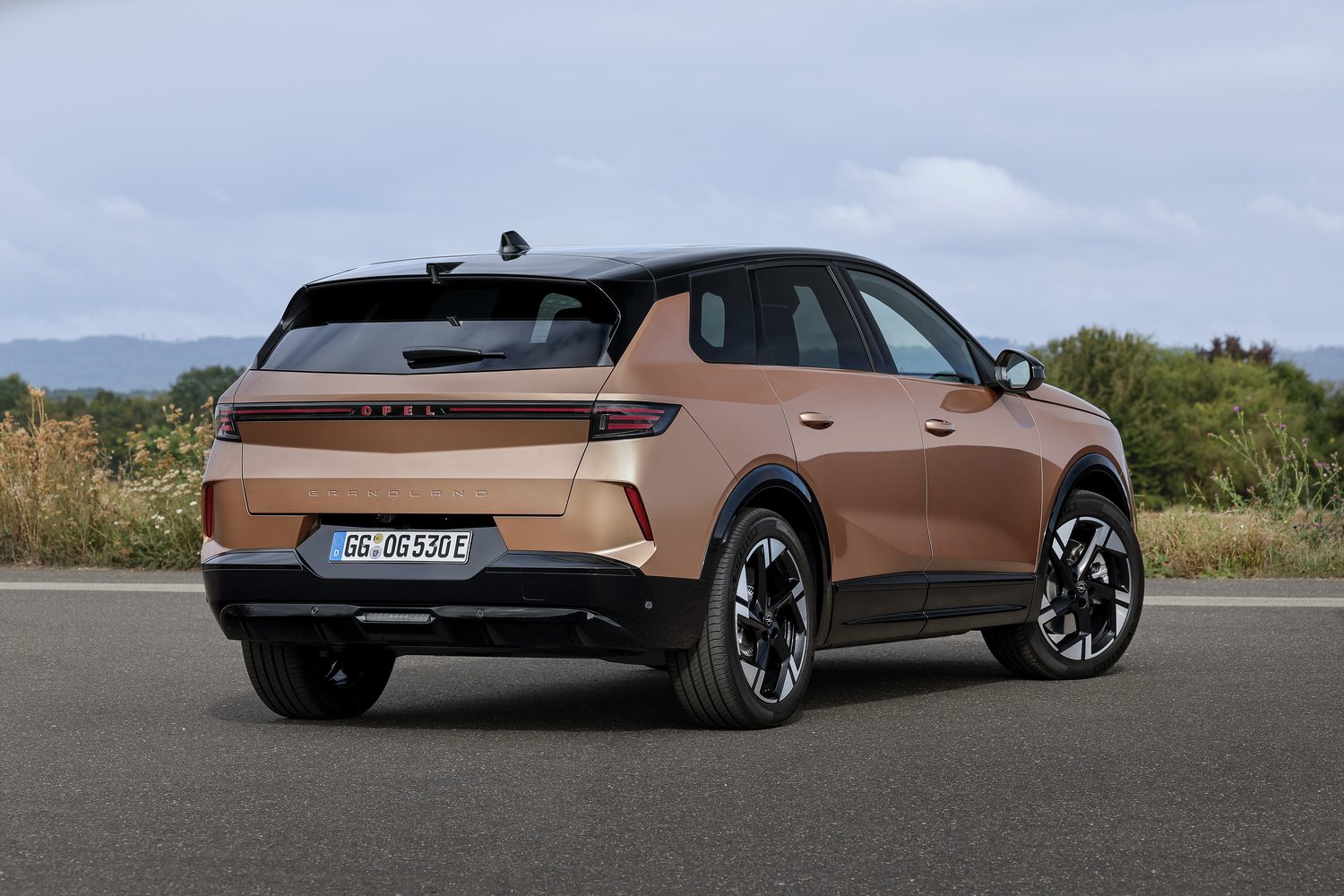
Ask us anything about the Opel Grandland Electric
If there’s anything about the Opel Grandland we’ve not covered, or you’d like advice in choosing between it and other cars, you can avail of our (completely free) expert advice service via the Ask Us Anything page.

